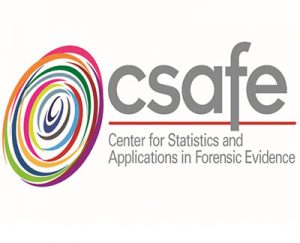This article examines the flaws of many forensic science techniques in that forensic science often relies heavily on the individual judgment of examiners, is subject to the analysts’ bias, and is in tension with other sciences in that it seeks a definite result, namely the identification of a particular suspect or the corroboration of a particular fact pattern.
“That purpose naturally gives rise to a tension between science’s aspiration to neutral, open-ended inquiry on the one side and the exigencies of prosecution on the other. Likewise, while true understanding is predicated on doubt and revision, the forum must reach a definitive result. The scientist’s tentativeness is at odds with a judicial process built on up-or-down verdicts, a point the Supreme Court has emphasized in order to justify allowing judges wide deference as the gatekeepers of evidence.”
“Explaining his procedure for determining a match, a fingerprint examiner said in court that he would look at one, look at the other, and see if they match. When asked how he knew the two prints definitely matched, the examiner merely repeated himself. That very logic leads the FBI to claim fingerprint matches are “100 percent accurate.” Of course they are, if the question of a match is settled entirely by the examiner’s opinion. Without any external standard against which to check the results, the examiner can never be wrong.”


Leave a Reply